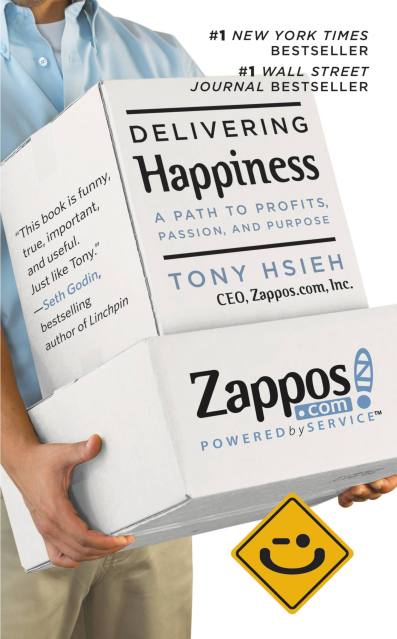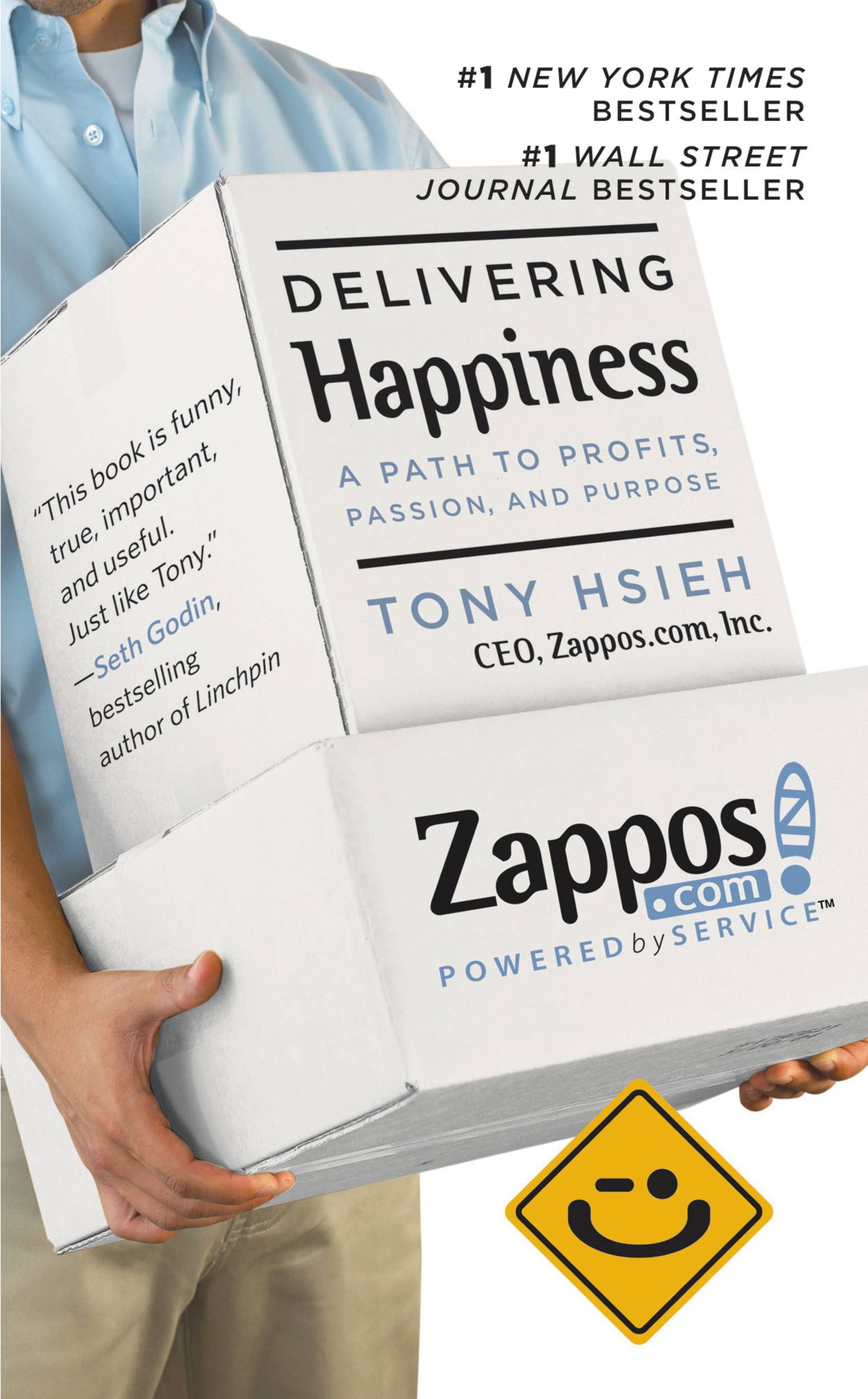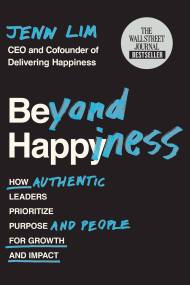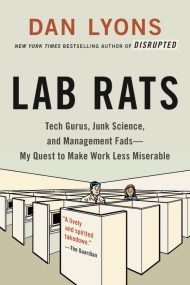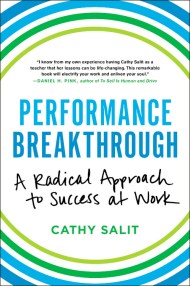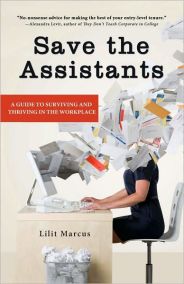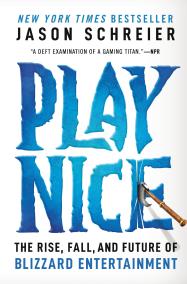Promotion
Use code BEST25 for 25% off storewide. Make sure to order by 11:59am, 12/12 for holiday delivery!
By clicking “Accept,” you agree to the use of cookies and similar technologies on your device as set forth in our Cookie Policy and our Privacy Policy. Please note that certain cookies are essential for this website to function properly and do not require user consent to be deployed.
Delivering Happiness
A Path to Profits, Passion, and Purpose
Contributors
By Tony Hsieh
Formats and Prices
- On Sale
- Jun 7, 2010
- Page Count
- 272 pages
- Publisher
- Grand Central Publishing
- ISBN-13
- 9780446576314
Price
$11.99Price
$15.99 CADFormat
Format:
- ebook $11.99 $15.99 CAD
- Hardcover $36.00 $46.00 CAD
- Audiobook Download (Unabridged) $27.99
- Trade Paperback $18.99 $24.99 CAD
This item is a preorder. Your payment method will be charged immediately, and the product is expected to ship on or around June 7, 2010. This date is subject to change due to shipping delays beyond our control.
Buy from Other Retailers:
As the CEO of one of Fortune Magazine's "Best Companies to Work For," Tony Hsieh knows that keeping people happy is the key to professional growth and harmony. It might sound crazy, but Hsieh believes that we can prioritize company culture, make money, and change the world. In Delivering Happiness, he shares the tools of the trade he's learned in business and life, from starting a worm farm to running a pizza business, to working at Zappos–a company so impressive that Amazon acquired it for over $1.2 billion.
Fast-paced and down-to-earth, Delivering Happiness shows how a different kind of corporate culture is a powerful model for achieving success, and concentrating on the happiness of those around you can dramatically increase your own.
Newsletter Signup
By clicking ‘Sign Up,’ I acknowledge that I have read and agree to Hachette Book Group’s Privacy Policy and Terms of Use
